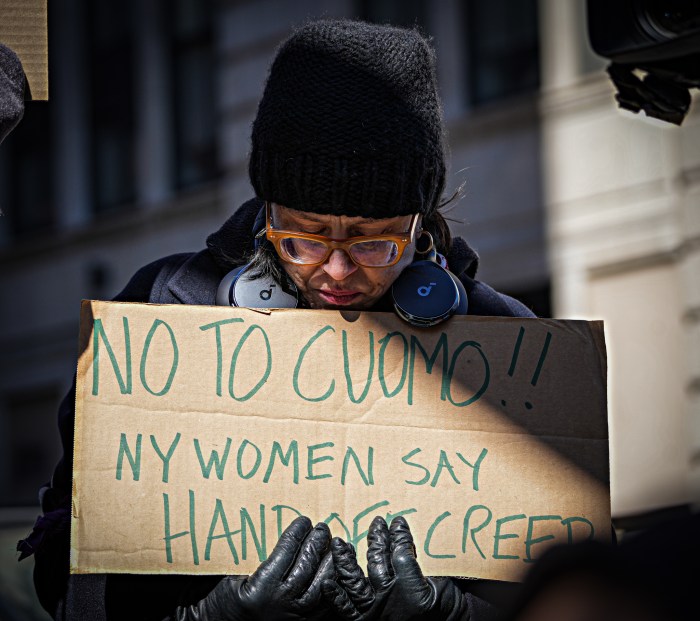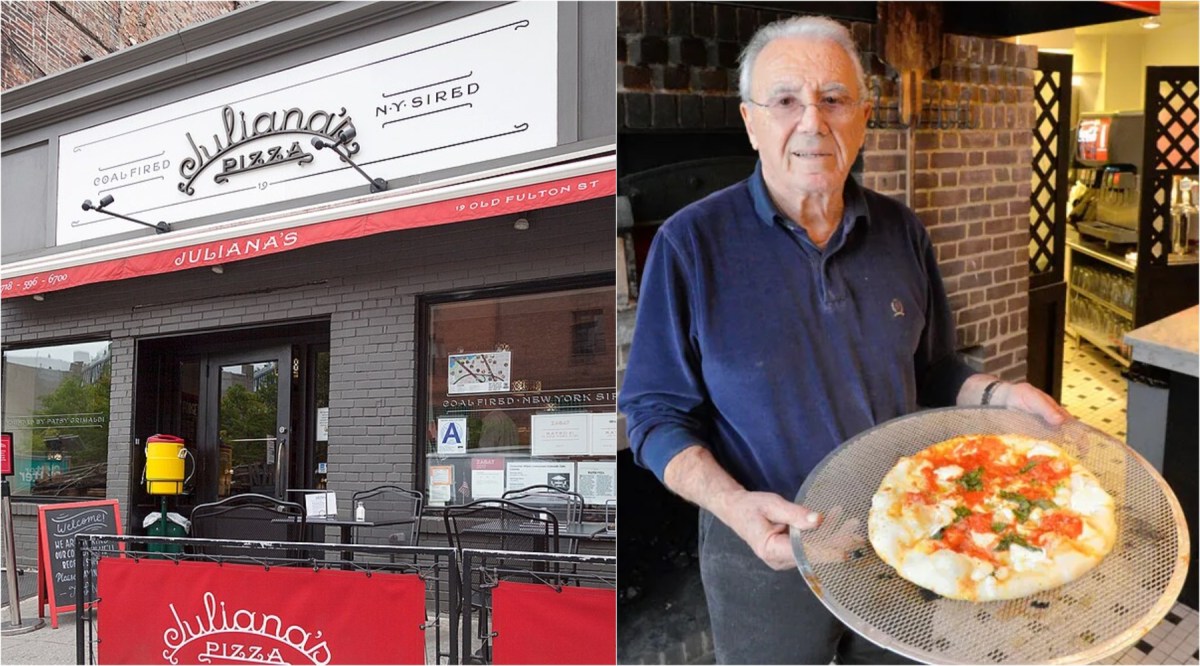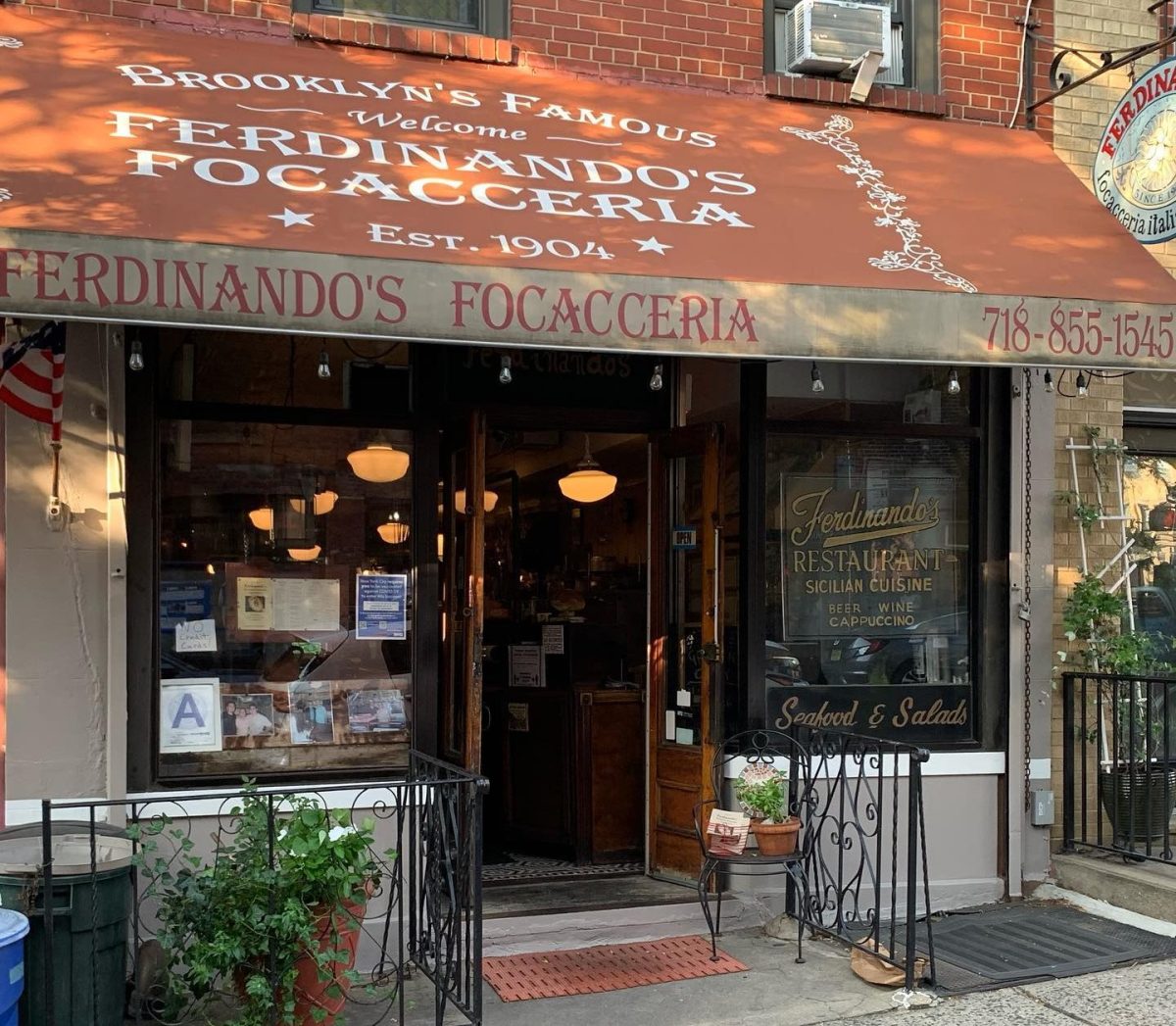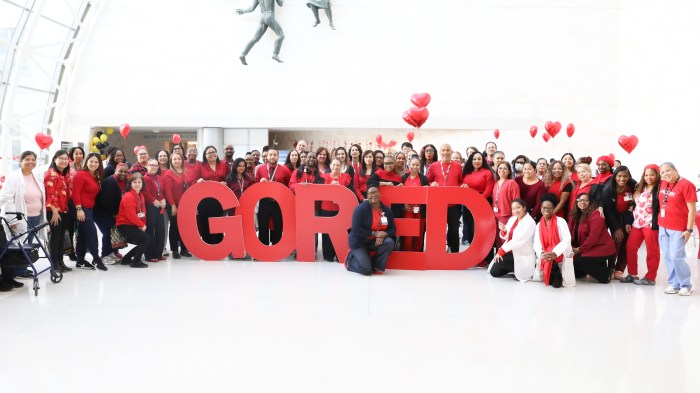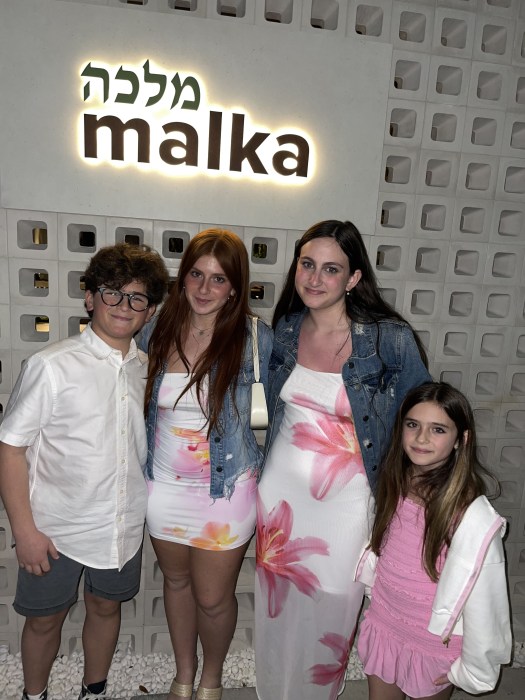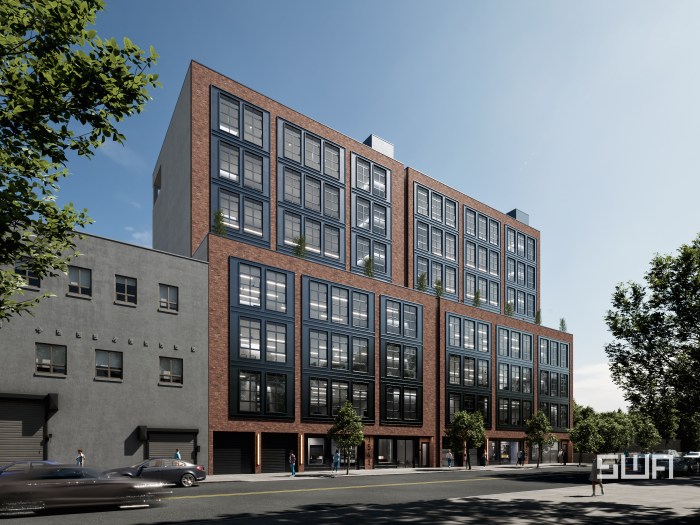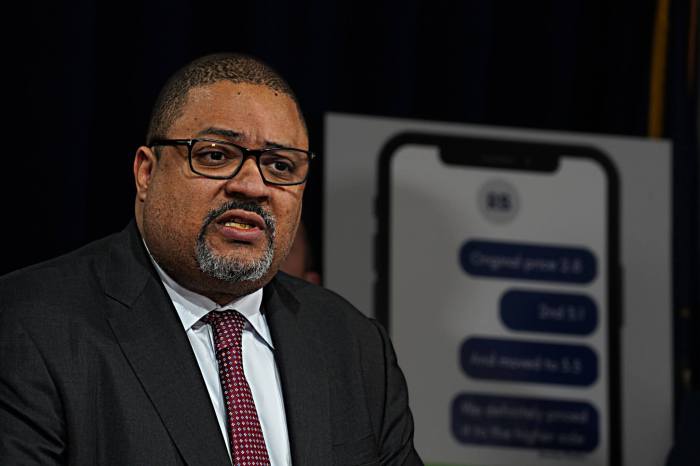One person’s trash is a composter’s treasure.
The average New York family ditches about 650 pounds of food scraps and other organic waste into the trash every year.
That’s a lot of eggshells, banana peels and wilted lettuce that can be converted into nutrient-rich soil.
But the city’s ambitious plan to bring organic waste collection to all New York City residents by the end of 2018 has been slowed down as officials try to figure out how to get more people to separate their pungent leftovers and efficiently collect them.
“I think part of it is like, logistically, where do you put a compost bin that’s going to kind of be smelly?” said Grace Halio, 21, who said few people in her Prospect Heights apartment building use the brown organic collection bins. “And people aren’t really keen on the fact that it attracts bugs and all of these things.”
Recycling organic waste makes sense from an environmental and fiscal point of view. Food scraps, yard waste and food-soiled paper dumped in landfills release methane, a greenhouse gas that contributes to global warming.
Removing organics from the mix also means the city will likely pay less to transport and dispose of its trash outside the five boroughs.
Since a 2013 law required the city to launch a pilot organic pickup program, it has expanded to 3.5 million people across 32 community boards. There are also numerous food scrap drop off sites for residents who are not yet serviced by curbside pickup.
However, organic recycling is currently voluntary, unlike the city’s mandatory glass, plastic, metal and paper recycling programs.
Although curbside organics collection services more than a third of the city’s inhabitants, it gathered just 13,000 tons of organics in 2017, compared to 2.5 million tons of refuse from the city as a whole, according to the 2017 Department of Sanitation’s Waste Characterization Study released earlier this year.
In May, Sanitation Commissioner Kathryn Garcia said the city was going to take a pause to revamp the program before it expands any further.
“We believe that for the program to be successful over the long term, we must ensure New Yorkers are getting the very best service when curbside organics collection reaches their neighborhoods,” she said in testimony before the City Council. “To achieve this, the city is evaluating its current service with the goal of increasing efficiencies and streamlining the program.”
In recent weeks, the agency made its first changes, collecting organic waste once rather than twice a week in Community Boards 5, 10 and 11 in Queens as well as Community Board 6 in Brooklyn after its research showed most people were putting out organics only once a week.
Low participation makes the program less cost-efficient, according to Ana Champeny, director of city studies at the Citizens Budget Commission (CBC), which did its own analysis of organics disposal in 2016.
“The more and more of compost that gets separated and gets put out, the more efficient these trucks can be,” Champeny said. “So that’s why CBC has said don’t rush to expand everywhere in the city — really figure out how to make this cost-effective in the areas you’re more likely to be successful in, areas that are less dense, areas that people already recycle in.”
Environmental activists, however, say that low participation rates are normal in the beginning of a program like this and that having composting services available to all households is paramount.
“You’re asking all New Yorkers to change the way in which they place out their trash on a daily basis, and so the first challenge is just getting people to understand the new system,” said Eric Goldstein, environmental director at the Natural Resources Defense Council, adding that educational efforts will increase participation rates.
“This is not the time to be stopping the expansion of citywide composting until every neighborhood is served by this collection service,” he said.
The city held nearly 1,000 outreach events in the past fiscal year to boost participation, according to Department of Sanitation spokeswoman Dina Montes. There are also more than 100 Food Scrap Drop-Off sites across the city.
The organics collection program is key to Mayor Bill de Blasio’s goal of sending zero waste to landfills by 2030.
Even though New York City runs the largest organic collection program in the country, it also faces unique obstacles.
Organic waste is collected in different types of sanitation trucks, including dual-bin trucks.
“You can only operate the truck if you have space on both sides,” Champeny said. “If the route has a lot of regular refuse and that side fills up and you can’t fill it, you need to send another truck.”
Apartment buildings cannot always accommodate brown bins on each floor, due to space limitation and odor concerns, the Department of Sanitation noted in its 2015 NYC Organics Collection Report. When bins are kept in communal areas, it’s up to the building staff to make sure the organic waste is well secured.
Organic waste is shipped to processing facilities around the region, Montes said. Some of the scraps are turned into clean, renewable energy at the Newtown Creek Waste Water Treatment Plant. Some are turned into compost and either sold to landscapers, used in parks or distributed for free to residents and community groups.
Still, many New Yorkers are happy to embrace the idea of recycling food scraps instead of tossing them in the trash.
“The brown bins? We all use them,” said Louie Martinez, 50, as he stood in front of his Ridgewood apartment. “It’s more trouble for the guy that’s gotta do the garbage, but it’s OK. We got used to it.”
Sanitation workers take the extra work in stride, according to Harry Nespoli, president of Teamsters Local 831, which represents them.
“It’s going to save a lot of waste going out,” he said. “With the cooperation of the public, I think it would be a great program.”



